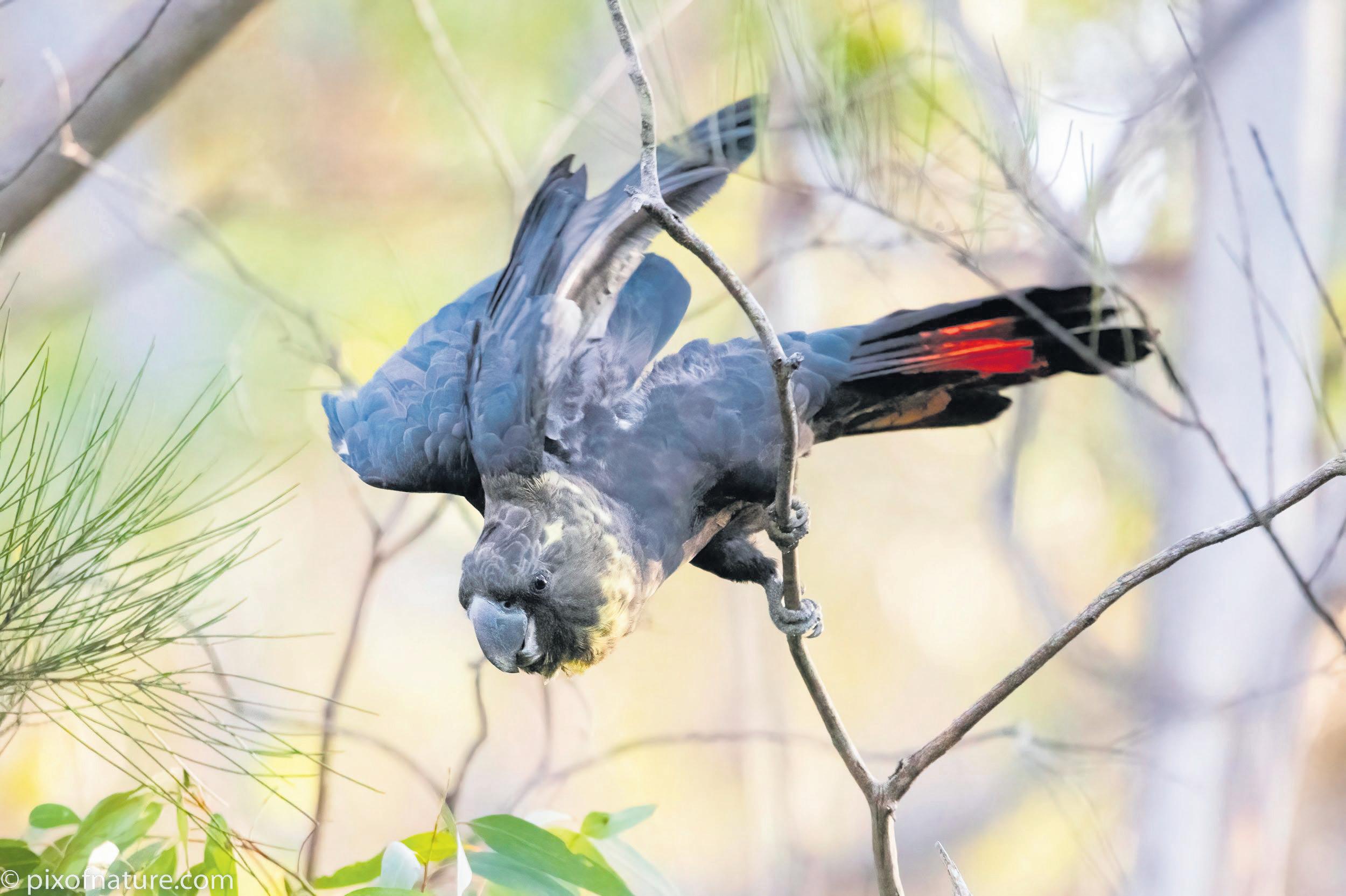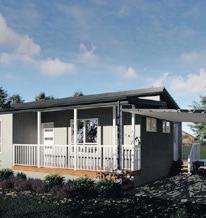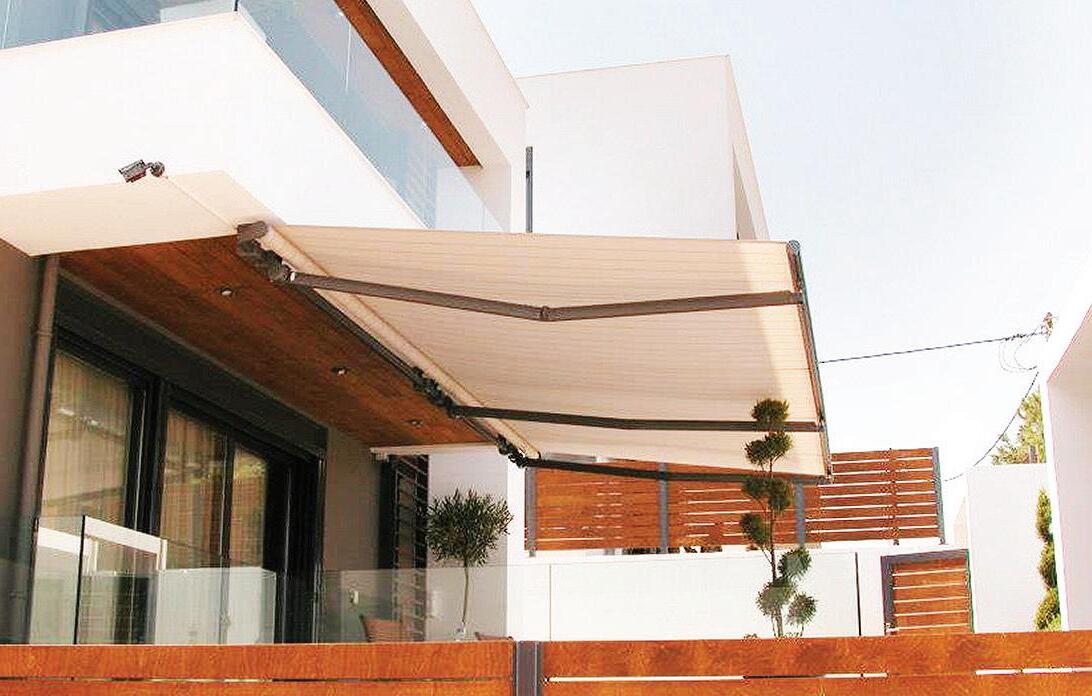
2 minute read
Wallum development a further blow to the south-eastern Glossy Black Cockatoo
By Sarah Waters
Among the trees in the fring line of Clarence Property’s Wallum development are several casuarinas and 76 oldgrowth, scribbly gums, which one of Australia’s rarest cockatoos needs to survive.
Since 2022, there has been a joint conservation partnership underway to save glossy black cockatoos across the Northern Rivers.
The project, known as Glossies Northern Rivers, aims to fnd the elusive birds, their feed trees and nesting habitat, so it can be mapped, studied and ultimately protected. The population of glossy black cockatoos has been undergoing a decline of 30 - 50 per cent over the last 45 years.
A major threat to the survival of the glossy black cockatoo is habitat loss.
The birds prefer to nest in 1.5meter deep hollows, which take centuries to form
Draft Native Vegetation Regulatory map expanded release for Central West, Central Tablelands, North Coast and Northern Tablelands Local Land Services Regions
The Local Land Services Act and Regulation require preparation and publication of a Native Vegetation Regulatory Map. A staged release of the draft Native Vegetation Regulatory map commenced on 5 October 2022. Region 4 is now released for the Central West, Central Tablelands, North Coast and Northern Tablelands Local Land Services Regions.
The draft NVR map is a tool landholders can use when considering how best to manage native vegetation on their land. It does not impose any new legal obligations. The map provides certainty when determining whether an approval is or isn’t required.
A free review of the draft map as it relates to your land is available now or at any time in the future. The review will normally be completed in 40 days. Landholders in all regions can request a free map review at any time, even when the map is fnalised. Information about and access to the draft Map is available at: environment.nsw.gov.au/native-vegetation-regulatory-map.

Landholders
1800 001 490 naturally in old-growth eucalypt trees.
They feed almost exclusively on seeds found in the cones of sheoak trees (Allocasuarina and Casuarina species).
In south east Queensland and north east NSW, they show preference for black sheoak (found at Wallum) and forest sheoak.
The Glossy Black Conservancy states these trees must be protected to maintain a food source for glossy black cockatoo populations.
The 2019-2020 bushfres impacted as much as 50 per cent of the glossy black cockatoo habitat range.
In another blow, the 2022 foods further impacted glossy black cockatoo nesting and feeding habitat in the Northern Rivers.
The south-eastern glossy black cockatoo is listed as vulnerable in NSW and in August 2022, the birds were also listed as vulnerable under national environment law.
They have become a rare sight across the region.


Clarence Property’s chief executive offcer Simon Kennedy said the hollows in the scribbly gums marked for removal were unsuitable breeding habitat for the glossy black cockatoo due to them being close to the ground.
Local ecologist James Barrie said what Mr Kennedy failed to mention was the site is feeding, roosting and watering habitat for the glossy black cockatoosall of which affects their ability to survive in the local area.
Mr Barrie said there are only nine glossy black cockatoos left in the entire Byron Shire.
And, less than 8000 glossy black cockatoos remain in the wild across Australia.
According to WWF’s Deforestation Fronts report, eastern Australia is one of the world’s deforestation hot spots. Nearly half of the area once covered by forests has been lost.


















